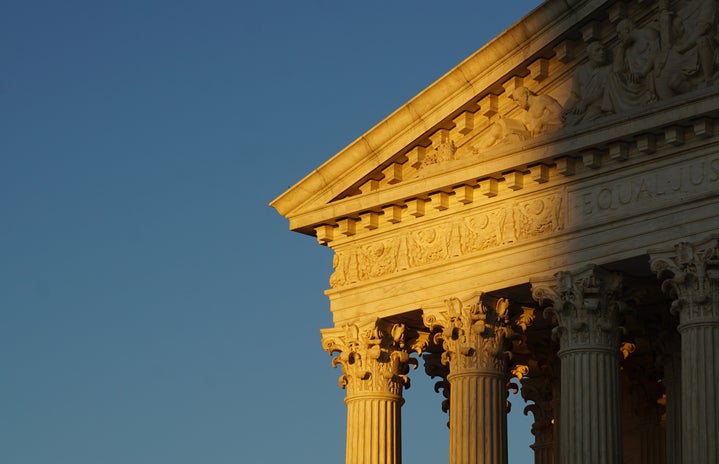When people say the word witch, a common image is an old woman with a point black hat, a cauldron, and a broom. A witch is often associated with being evil or working with the devil. We can see the development of the views of witches through their portrayal in the media. The idea of a witch has gone from a scary, evil woman to a more benevolent character. But why did we have this fear of witches?
The concept of witches has been around for thousands of years. One of the earliest depictions of a witch was in the Bible. The Witch of Endor, in Book 1 of Samuel, prophesied the death of Saul and his sons. However, the fear of witches didn’t really peak until the 1300s in Europe. Many people would confess while being tortured, which only increased the fear of these “witches”. By the end of the 1600s, up to 80,000 people (mostly women) were killed for suspected witchcraft. The people killed were often single women and the typical methods of execution were hanging and burning people at the stake.
Photo credit: https://www.science.smith.edu/climatelit/witch-trials/
By the late 1600s, the hysteria had died out in Europe but in the Americas, it had only grown. The most well-known of the witch trials in North America are the Salem Witch Trials of 1692. More than 200 people were accused, and 20 people were executed. They started when 3 young girls claimed that an enslaved woman named Tituba, a homeless woman Sarah Good, and an elderly woman Sarah Osborne had bewitched them. Tituba did end up confessing, which caused hysteria to grow and more accusations to follow. However, in most cases, the women accused of witchcraft were women who did not conform to the strict rules of Puritan society.
Photo credit: MPI/Getty Images
By 1693, the hysteria in Massachusetts died down and all people imprisoned for witchcraft were pardoned. However, it wasn’t until 1957 that the state of Massachusetts formally apologized. In the apology, one woman’s name, Elizabeth Johnson Jr., was left out for unknown reasons. She was officially exonerated in July 2022.
As I mentioned before, most women accused did not conform to Puritan society. As a Puritan, women had a limited role, which was being a mother and a wife. If women were anything else they were a threat. This means that disobedient, single, and those deemed sexually promiscuous were targeted and punished for simply existing outside of societal norms or what was traditionally acceptable.
I believe that history repeats itself in some ways. In the 1950s in the US, McCarthyism was similar to the past witch hunts, as people were accusing each other of being communists purely out of fear. Now, I believe that there is a similar situation in the United States. With the overturning of Roe vs. Wade, women are being punished for not adhering to the “traditional values” of some of those around them. In 13 states, getting an abortion is punishable by imprisonment. By restricting the right to choose, lawmakers are making women vulnerable. Though women aren’t being hung for resisting what is viewed as their role in life, they are still being punished.
https://www.smithsonianmag.com/history/a-brief-history-of-the-salem-witch-trials-175162489/
https://www.history.com/topics/folklore/history-of-witches


